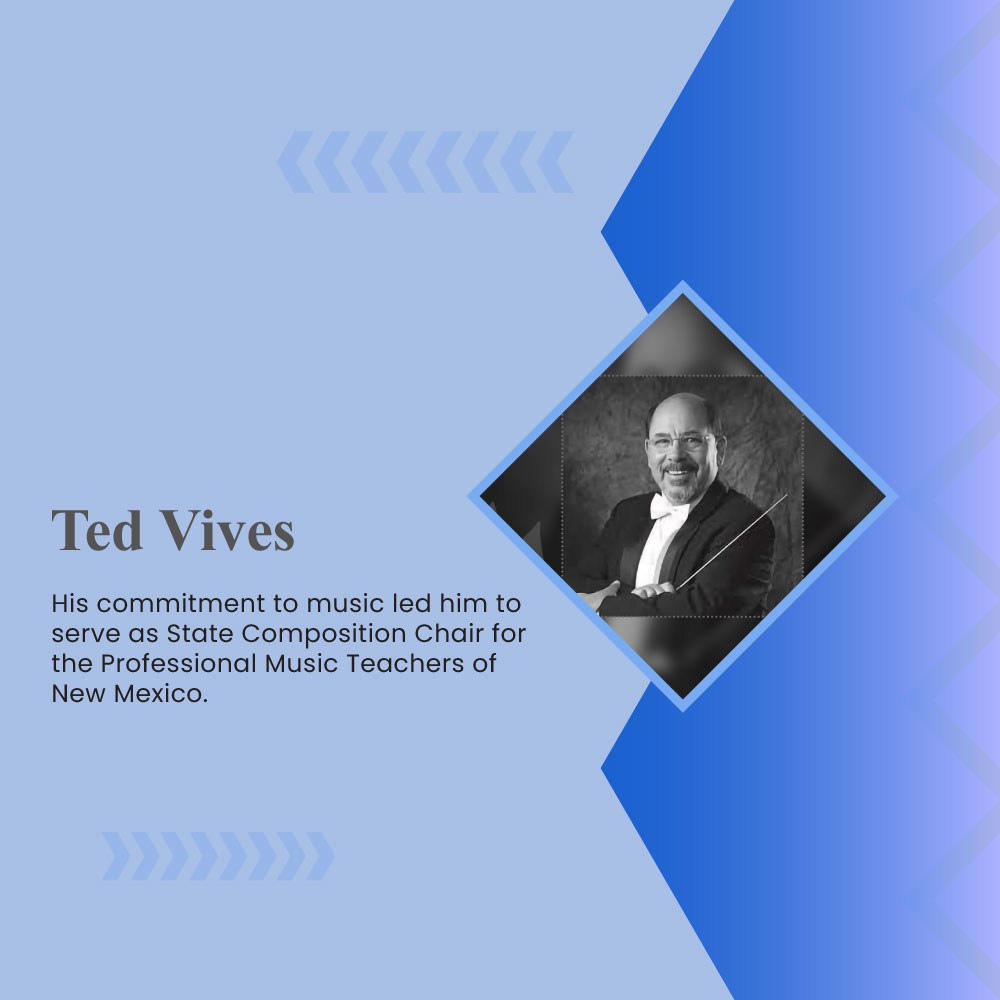
Costume design and creation are integral parts of the storytelling process, whether on stage, screen, or cosplay. From evoking the grandeur of a historical era to bringing fantastical creatures to life, costumes play a vital role in immersing audiences in the worlds and narratives of a production. This article explores the artistry and craftsmanship behind costume design and creation, uncovering the techniques and creative processes that transform fabric into magic.
The Vision of Costume Design
At the heart of every captivating costume lies a vision—a concept that captures the essence of the characters and the world they inhabit. Costume designers draw inspiration from various sources, including script analysis, historical research, visual references, and discussions with directors and other creative collaborators.
Concept sketches and mood boards help bring the vision to life, exploring silhouettes, colors, textures, and motifs that convey the character’s personality, backstory, and cultural influences. These initial designs serve as blueprints for the costume creation process, guiding decisions on materials, construction techniques, and overall aesthetic.
Selecting Materials and Fabrics
Choosing suitable materials and fabrics is crucial for bringing a costume design to life. Fabrics dictate a costume’s look and feel and impact its functionality, durability, and movement. Costume designers carefully consider texture, weight, drape, and color when selecting fabrics for each garment.
For period costumes, historical accuracy is paramount, with designers sourcing authentic fabrics and trims to recreate the fashions of a particular era. Modern fabrics such as synthetic blends, stretch materials, and performance fabrics offer versatility and ease of care, making them ideal for costumes that require durability and flexibility.
In addition to fabrics, costume designers often incorporate a variety of embellishments and accessories to enhance the visual impact of a costume. Lace, embroidery, beading, and appliqué add texture and detail, while accessories such as hats, jewelry, and footwear complete the look and help define the character’s identity and status.
The Art of Pattern Making and Draping
Pattern making and draping are fundamental skills in costume creation, allowing designers to transform flat fabric into three-dimensional garments that fit the body and capture the essence of the character. Pattern makers draft custom patterns based on the designer’s sketches and specifications, ensuring proper fit and proportion for each actor or performer.
Draping, or fabric manipulation, involves shaping fabric directly on a dress form or mannequin to create sculptural effects and achieve desired silhouettes. This hands-on approach allows designers to experiment with volume, shape, and movement, resulting in garments that flatter the wearer and enhance their performance on stage or screen.
Costume designers often collaborate closely with skilled drapers and pattern makers to bring their designs to life. They combine traditional techniques with modern technology, such as computer-aided design (CAD) software and digital pattern drafting systems.
Sewing and Construction Techniques
Sewing and construction are the backbone of costume creation, with skilled craftspeople bringing together fabric, trimmings, and embellishments to create beautiful and functional garments. Sewists and tailors use various sewing techniques, including hand stitching, machine sewing, and specialized couture techniques, to assemble and finish each garment with precision and attention to detail.
From intricate corsetry and boning to delicate beading and embroidery, each garment is constructed with care and craftsmanship, ensuring durability and longevity for the rigors of performance and wear. Finishing techniques such as pressing, understitching, and topstitching add polish and professionalism to the final product, resulting in costumes that are as exquisite on the inside as they are on the outside.
Special Effects and Technology
Advancements in technology have revolutionized the field of costume design and creation, allowing designers to push the boundaries of creativity and innovation. Special effects such as animatronics, LED lighting, and projection mapping can transform costumes into dynamic and interactive elements that captivate audiences and enhance storytelling.
3D printing and laser cutting technologies offer new possibilities for creating intricate and complex costume components such as armor, props, and accessories. These technologies allow designers to quickly prototype and iterate designs, resulting in visually striking and structurally sound costumes.
Costume designers collaborate with visual effects artists and digital animators to create costumes seamlessly integrating computer-generated imagery (CGI) and virtual environments. Motion capture technology allows performers to interact with digital characters and environments in real-time, blurring the lines between physical and virtual worlds.
The Magic of Transformation
Costumes can transform actors into characters, allowing them to inhabit different personas and embody the spirit of a production. Through costume, performers can convey a character’s personality, status, and motivations, creating memorable and impactful performances that resonate with audiences.
Fit and comfort are essential considerations in costume design, especially for performers who must move, dance, or perform stunts in their costumes. Costumes are tailored to each actor’s measurements, allowing for ease of movement and flexibility while maintaining the integrity of the design.
Accessories such as wigs, makeup, prosthetics, and footwear further enhance the transformation, helping performers embody their roles’ physical characteristics and nuances. Special effects such as pneumatic mechanisms, hidden pockets, and quick-change features can add surprise and spectacle to costume transformations, delighting audiences and enhancing the magic of live performance.
Costume design and creation are a labor of love—a marriage of artistry and craftsmanship that brings characters to life and transports audiences to new worlds and narratives. From concept to completion, costume designers and craftspeople collaborate to realize a shared vision, crafting garments that are as beautiful as they are functional.
Through meticulous attention to detail, innovative techniques, and a passion for storytelling, costume creators imbue their designs with magic and meaning, creating integral costumes.